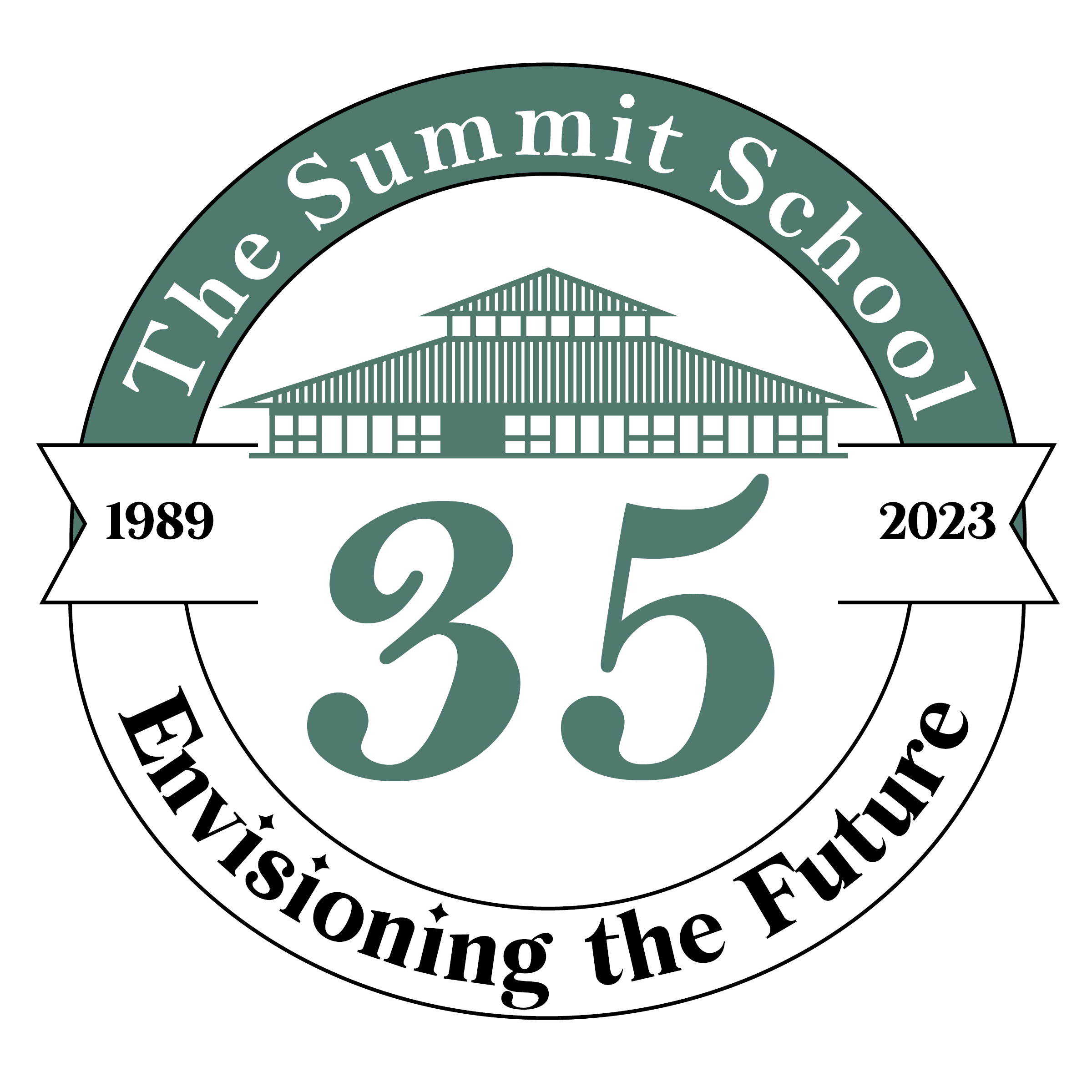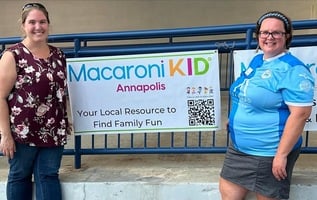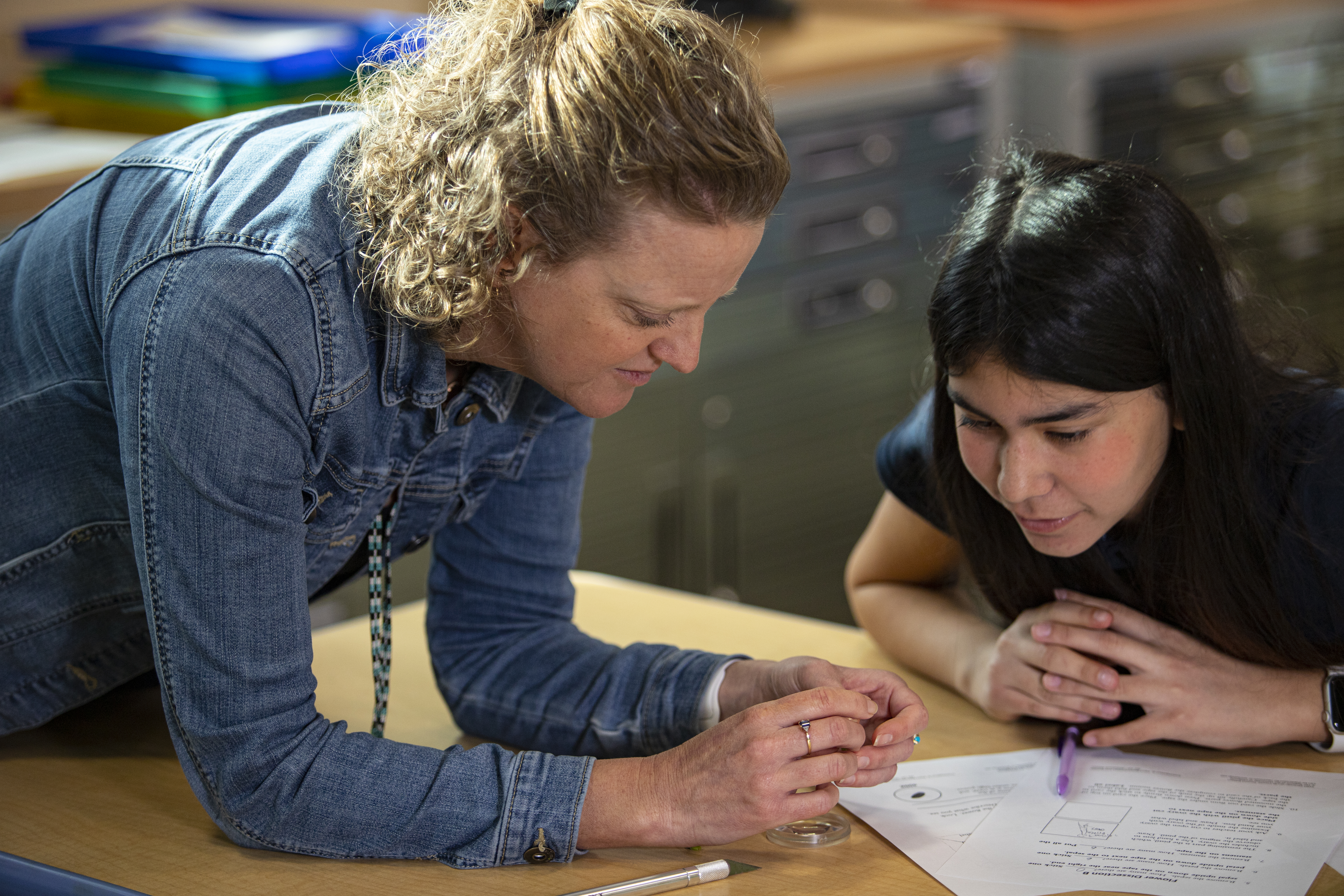
What is a Learning Disability?
A learning disability is a brain-based condition that affects the way children learn how to read, spell, write, and/or do math. It’s not just about academic learning, though. A child with a learning disability may have difficulty with short term memory, with speed of processing information, and with executive functions (which includes planning and organization).
Research has established that a learning disability does not indicate difficulties with intellectual abilities. Children with learning disabilities can achieve to their highest potential - but they need an educational setting and teachers that understand their needs and can provide instruction that does not necessarily follow traditional and conventional teaching methods.
Many educational professionals prefer to use the term “learning difference” instead of learning disability. Children deserve to understand that their learning challenges do not define them. Rather, it is important for children to understand their learning differences so they will be confident that even though they may struggle in school, that they can achieve academically.
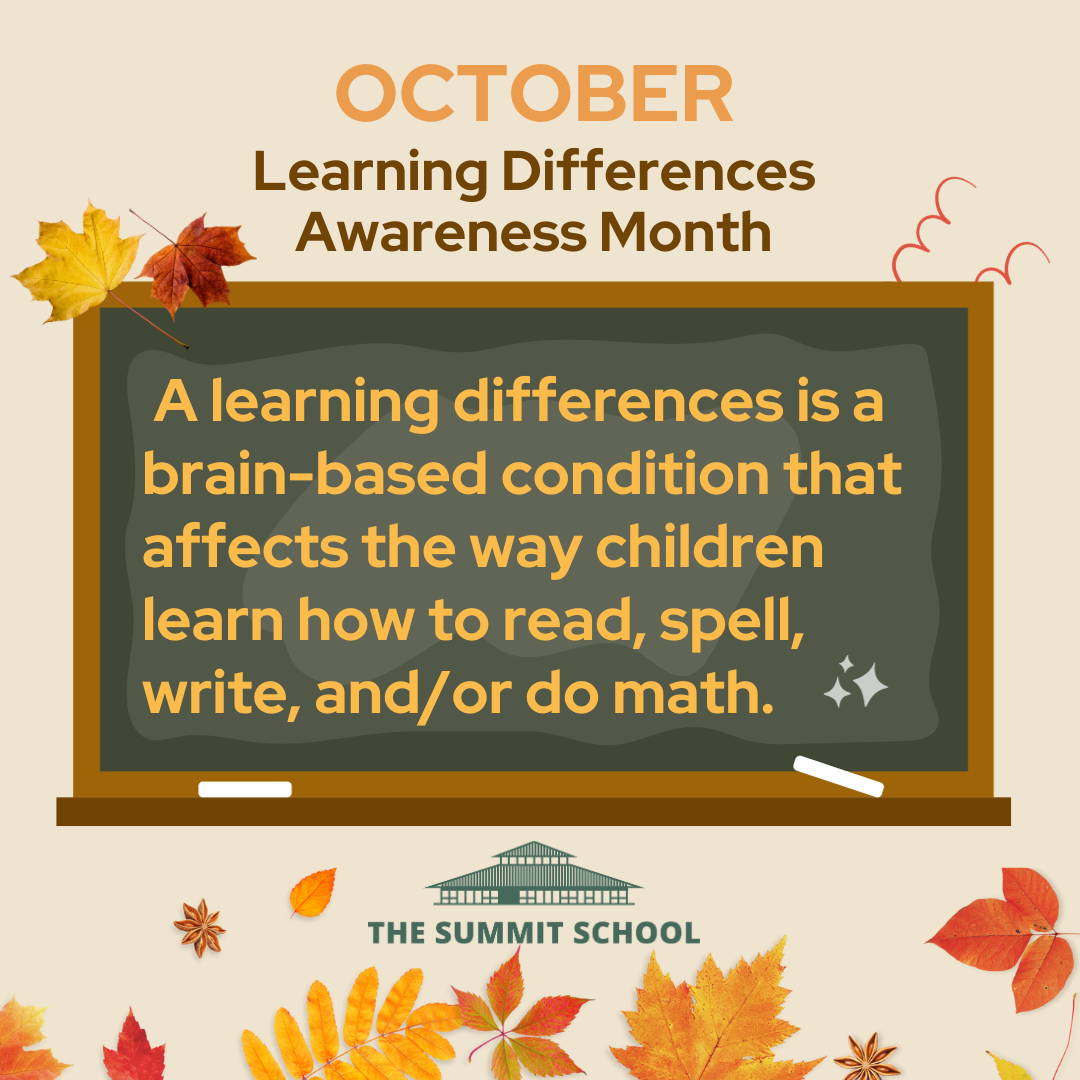
What are the signs of a learning disability?
Contrary to popular belief, writing letters backwards is NOT the definition of dyslexia. Signs of dyslexia and other learning differences are not always obvious. Parents are often the first to notice that “something doesn’t seem right.” One or more of the following warning signs can be normal but if you notice several of these characteristics over a long period of time, consider the possibility of a learning disability. Diagnosis is the first step to intervention and success in school.
Preschool
• May speak later than most children
• May struggle with the ability to find just the right word
• Often has difficulty rhyming words
• Often has trouble with learning numbers, alphabet,days of the week, colors, shapes
• Fine motor skills may be slow to develop
Grades K-4
• Slow to learn the connection between letters and sounds
• Makes consistent reading and spelling errors including letter reversals (b/d), inversions (m/w), transpositions (felt/left), and substitutions (house/home)
• Transposes number sequences and confuses arithmetic signs (+, -, x, /, =)
• May have trouble learning about time
• May struggle with math concepts
Grades 5-8
• Slow to learn prefixes, suffixes, root words, and other spelling strategies
• Avoids reading aloud, reads slowly and inaccurately
• Trouble with word problems
• Avoids writing assignments
• Slow or poor recall of facts
• Has trouble doing homework independently

Are there resources in our area for learning disabilities?
Luckily, here in Anne Arundel County, we have the expertise of the Summit Resource Center and The Summit School.
The Summit Resource Center provides diagnostic testing, benchmark testing, and tutoring for students outside of Summit’s school program. Diagnostic testing results in a comprehensive report including assessment results, test scores, diagnosis, and recommendations for moving forward. The final report is essentially a roadmap to help parents and educators better meet the child’s needs.
Now in its 35th year, The Summit School is an independent school for grades 1-8 specializing in educating bright students with dyslexia and other learning differences. Summit teachers teach differently because Summit students learn differently. Summit’s unique program incorporates highly-trained teachers who implement research-based instructional strategies with multi-sensory lessons. Small class sizes enable teachers to differentiate instruction for students, when needed.
Essential learning outcomes are identified, monitored, and measured at The Summit School. Students receive progress monitoring and benchmark testing as tools for teachers to address areas of weakness. Teaching strategies are modified to meet the needs of the child. Communication with parents is frequent and transparent.
Summit’s program is life-changing. The national average high school graduation rate for students who have been classified with a specific learning disability is 71%. The national average high school graduation rate for all students is 84%. The high school graduation rate for Summit students is 98%. Even though Summit’s program ends at 8th grade, parents and alumni credit The Summit School with giving them the confidence, strategies, and learning tools they needed to succeed. Summit alumni are now engineers, teachers, artists, doctors, psychologists, financial analysts, entrepreneurs and more. With a strong foundation, the possibilities are endless.
October 17, 2023
9:00 - 10:30 am
Join us to see our program in-person and learn how Summit educates bright students who learn differently. RSVP
The Summit School is located at 664 Central Ave., Edgewater, MD
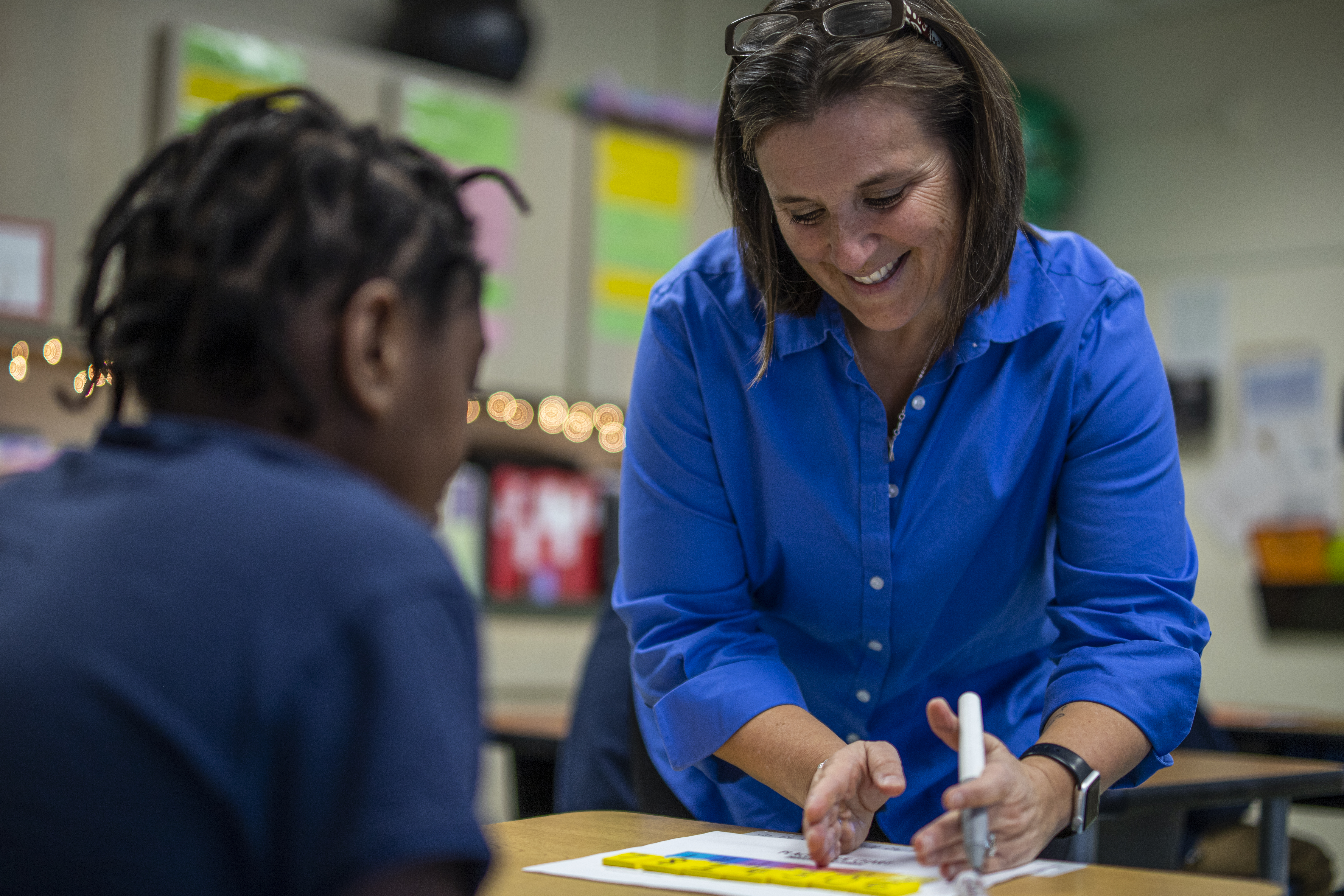 | 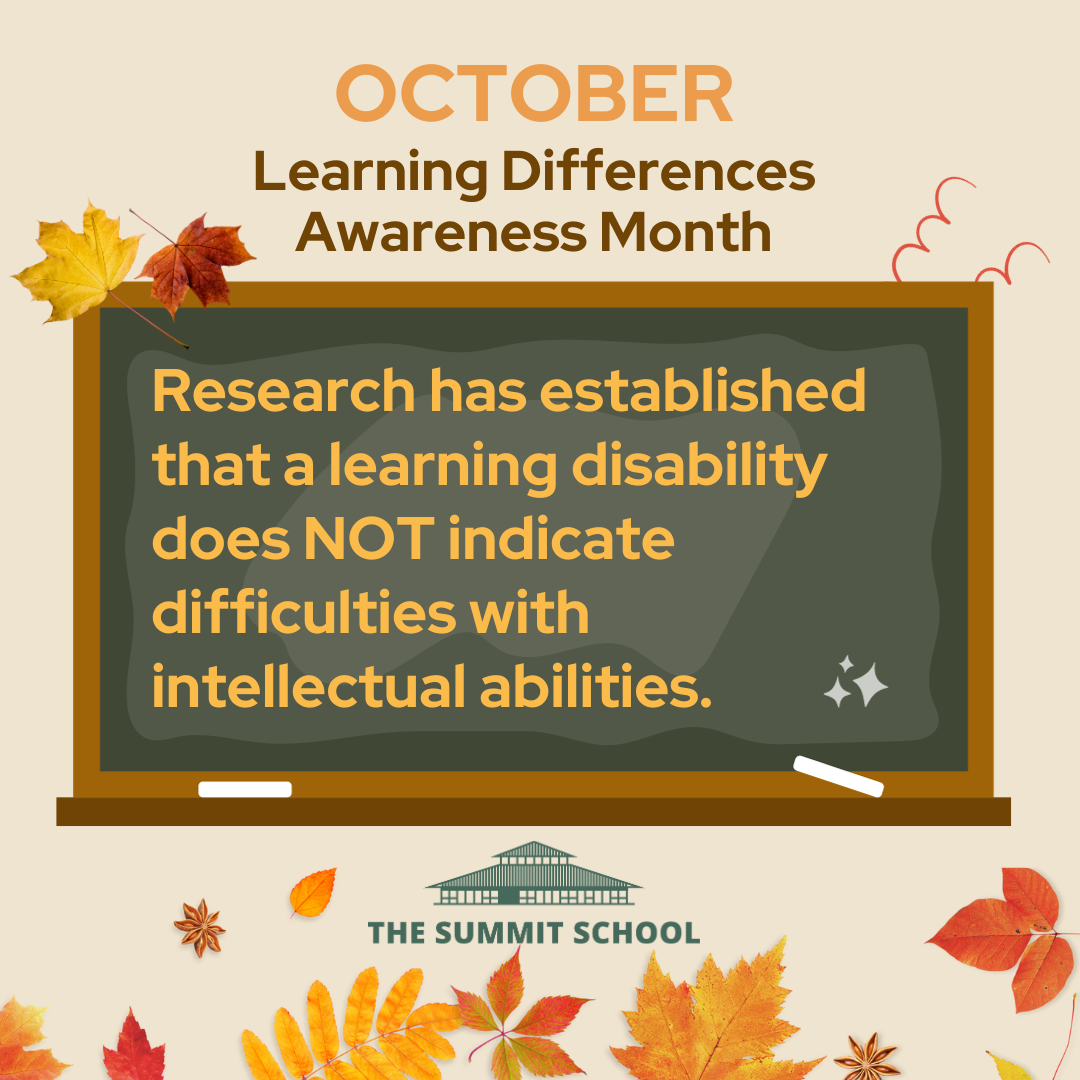 |
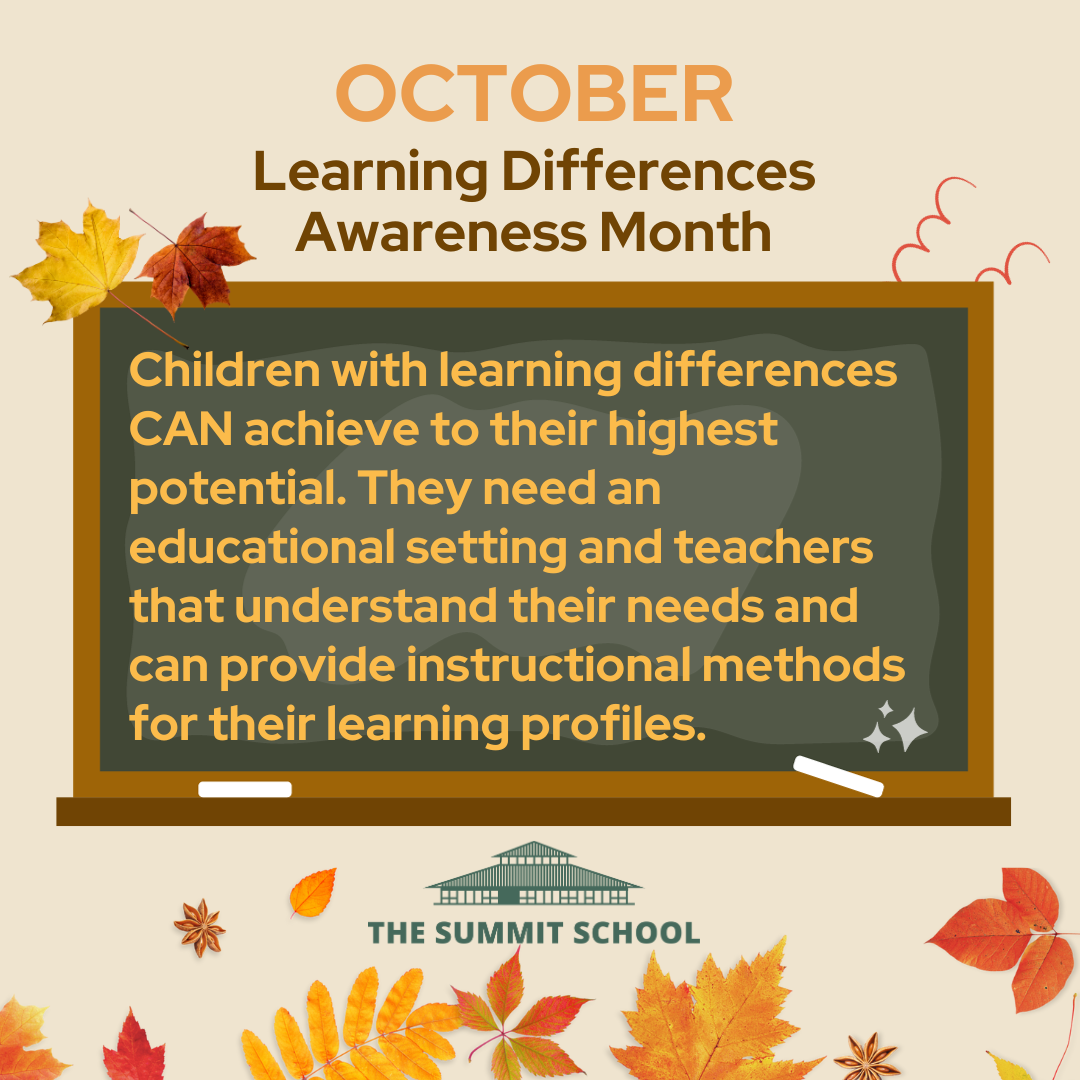 | 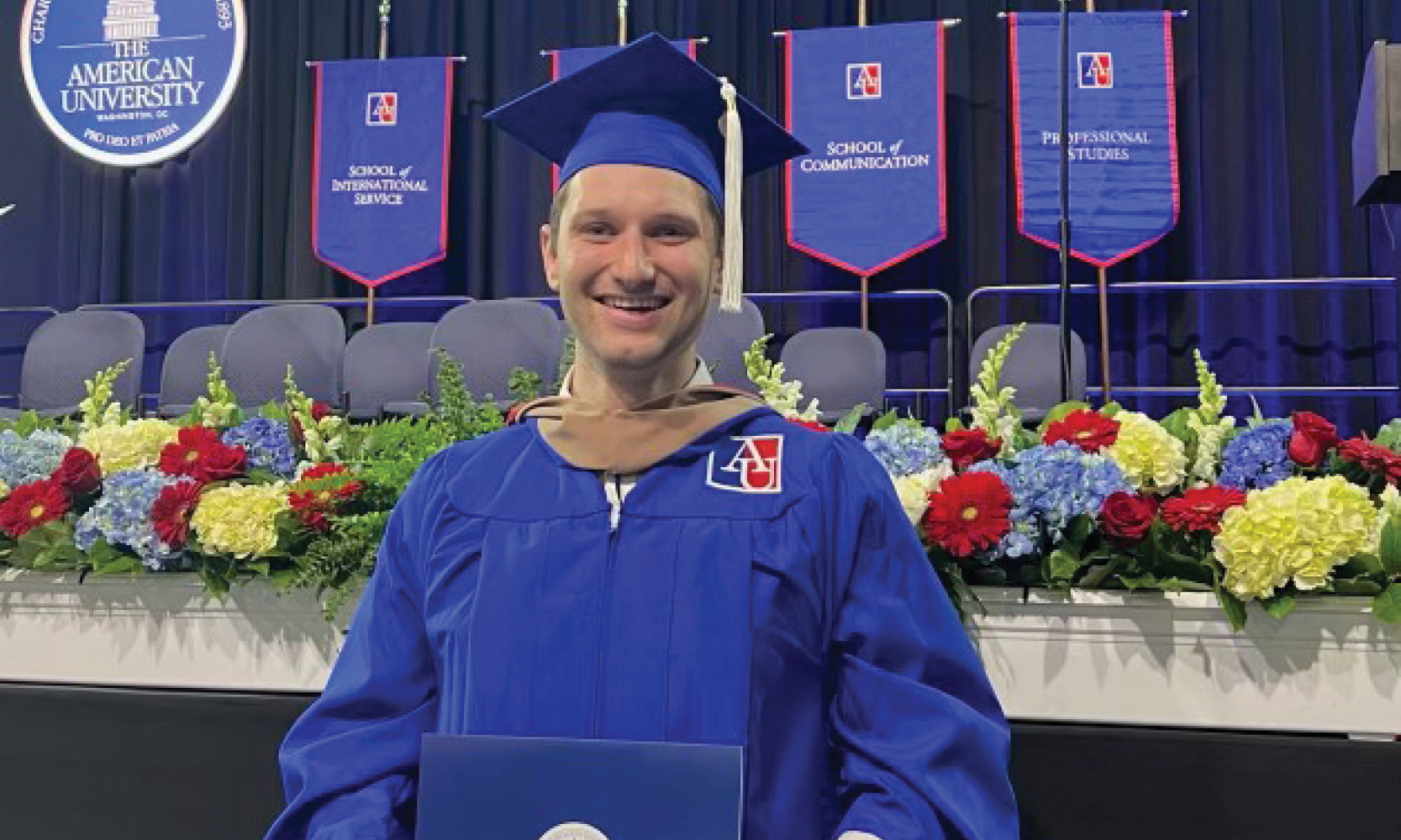 |


